A severe drought in Iraq has led to an astonishing archaeological discovery as a 3,400-year-old city from the Mittani Empire emerged when water levels in the Mosul reservoir receded. This ancient city, believed to be Zakhiku, has captivated the attention of archaeologists and historians.
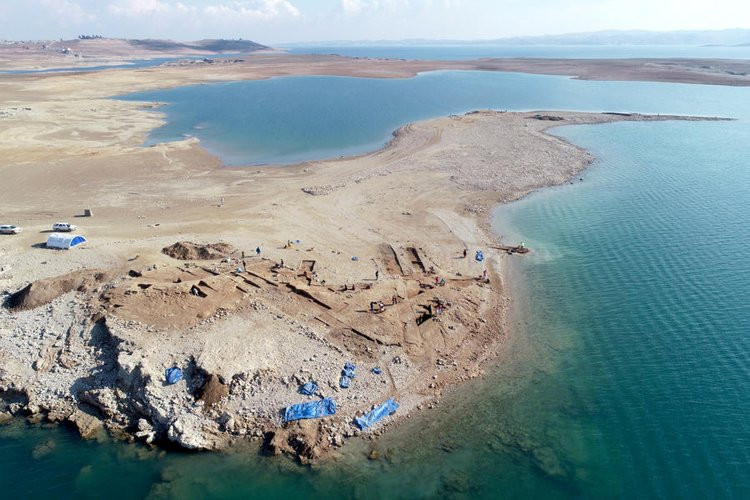
In response to the city’s unexpected appearance, archaeologists from Germany and Kurdistan quickly mobilized to document and excavate the site before it could be submerged again. A team was formed, and funding was secured from the Fritz Thyssen Foundation through the University of Freiburg.
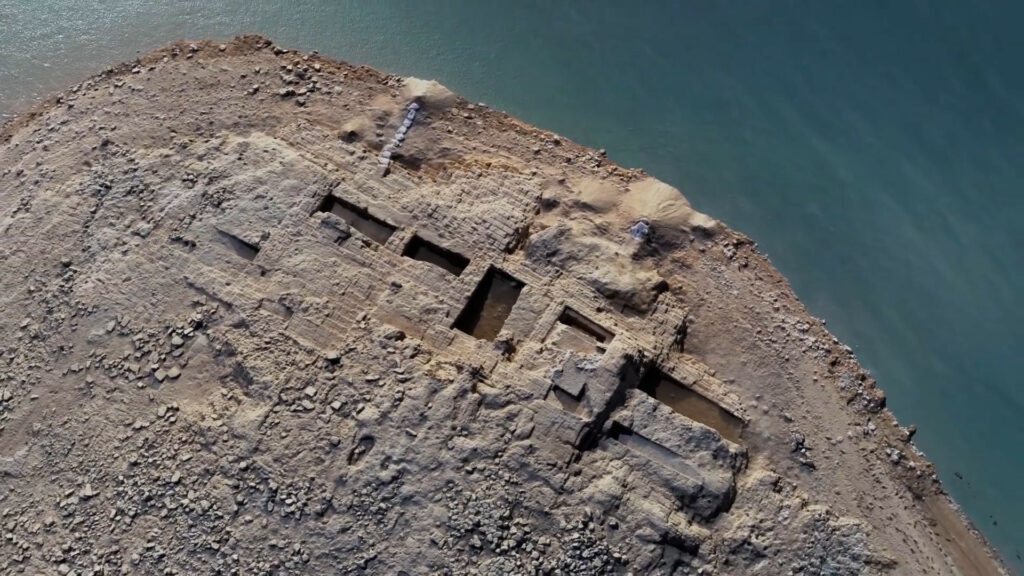
The team worked diligently to map a significant portion of the expansive urban area, uncovering impressive structures, including a large fortification, a multi-story storage building, and an industrial complex. A notable highlight was the discovery of a palace, initially identified during a brief excavation in 2018.
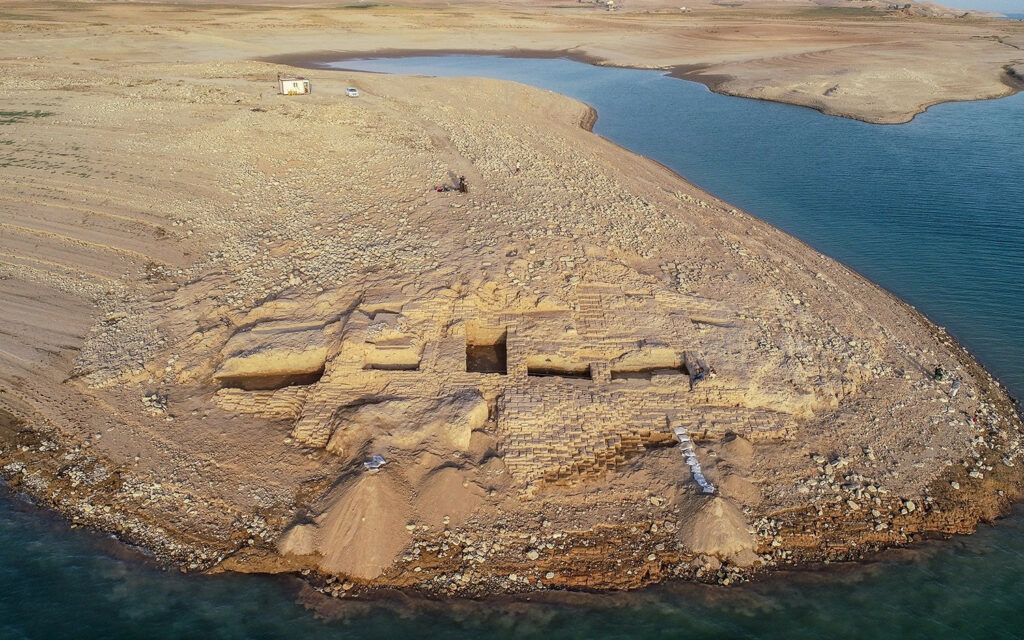
The excavations have provided valuable insights into the Mittani Empire, which ruled over much of northern Mesopotamia and Syria between 1550 and 1350 BC. They uncovered five ceramic containers filled with over 100 cuneiform tablets from the Middle Assyrian period, shortly following a devastating earthquake that affected the city.
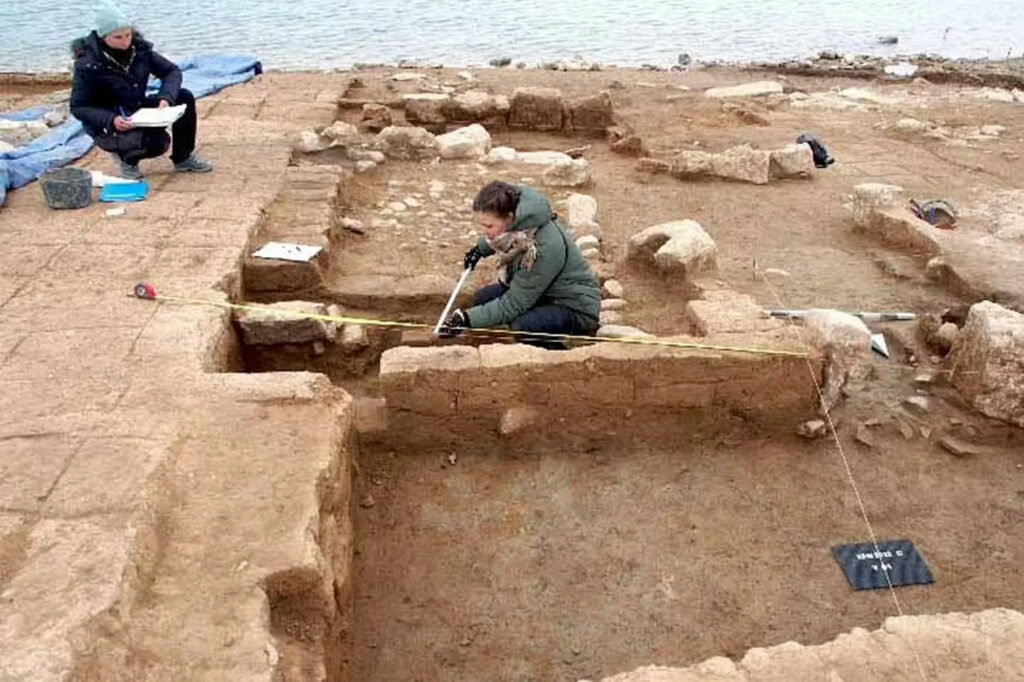
To protect the site and its artifacts from further damage, the excavated structures were carefully covered with plastic sheeting and gravel fill, thanks to a conservation project supported by the Gerda Henkel Foundation. Although the site has once again been submerged, the discoveries from this ancient Mittani city have illuminated a fascinating chapter of human history.
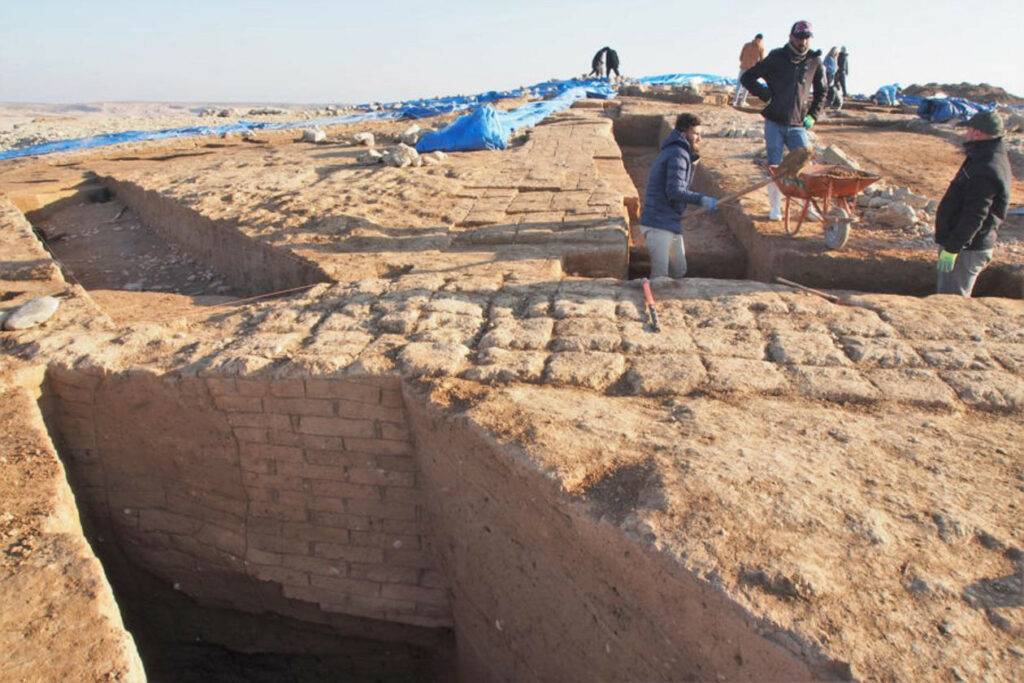
Video

